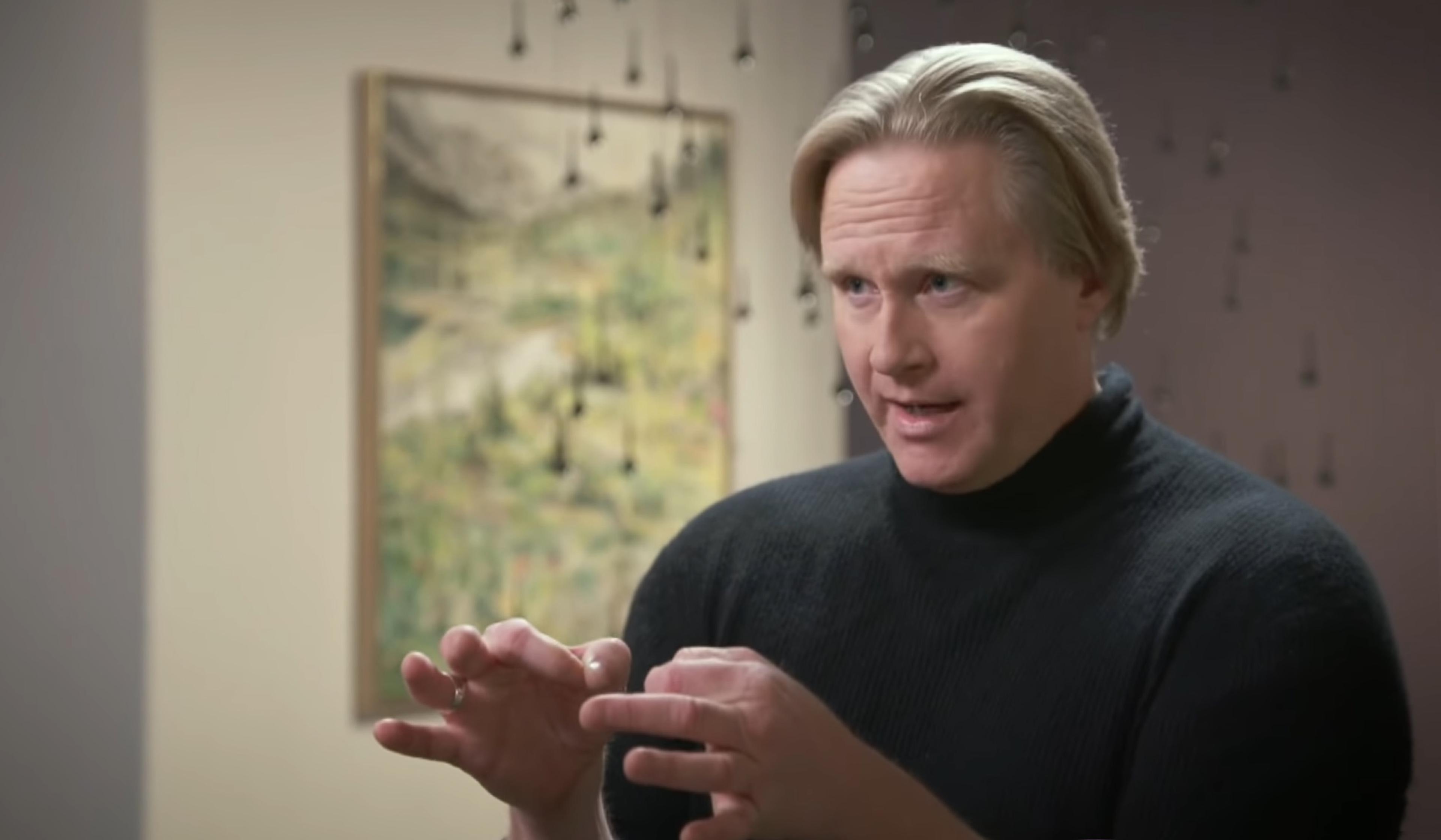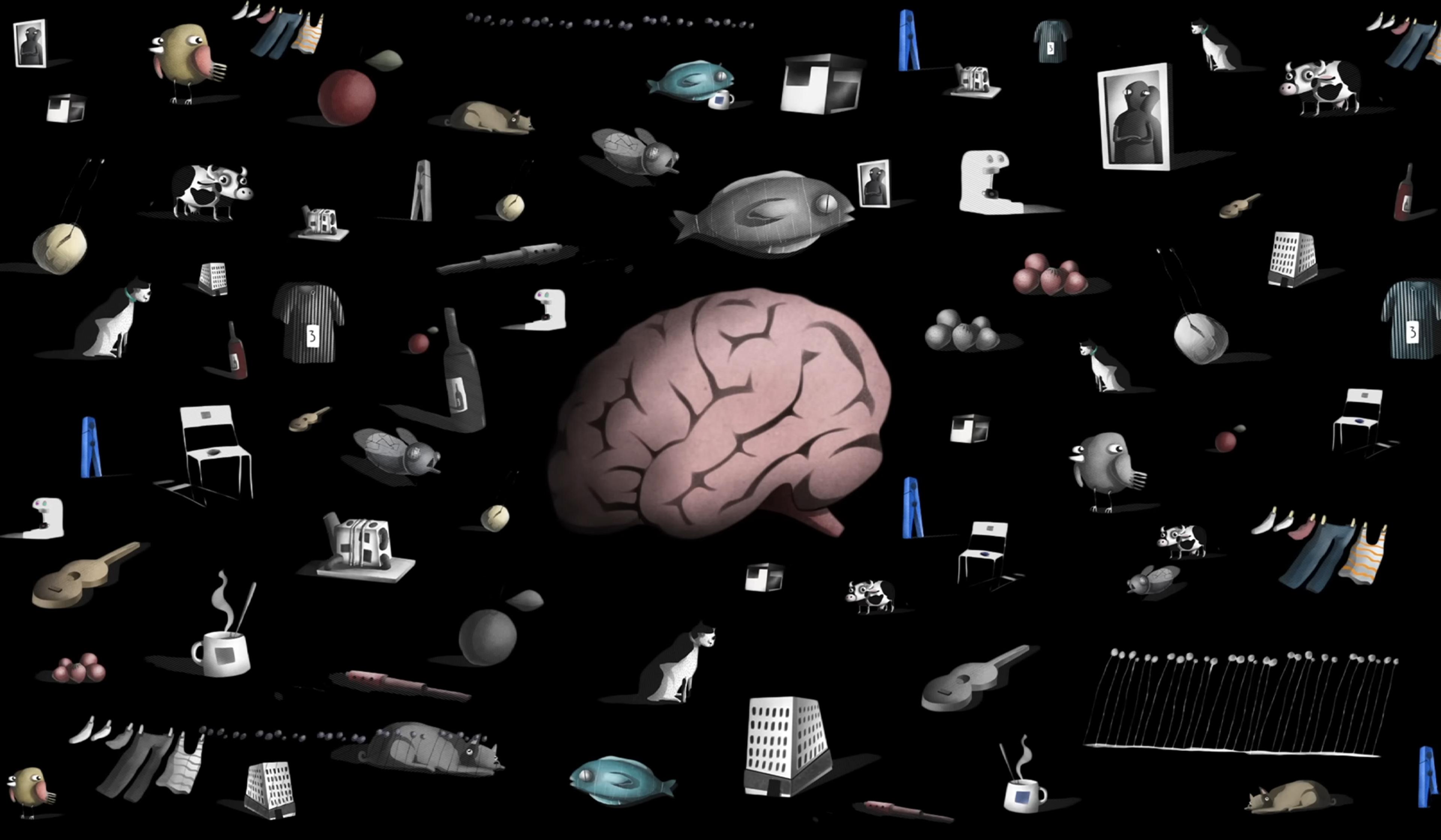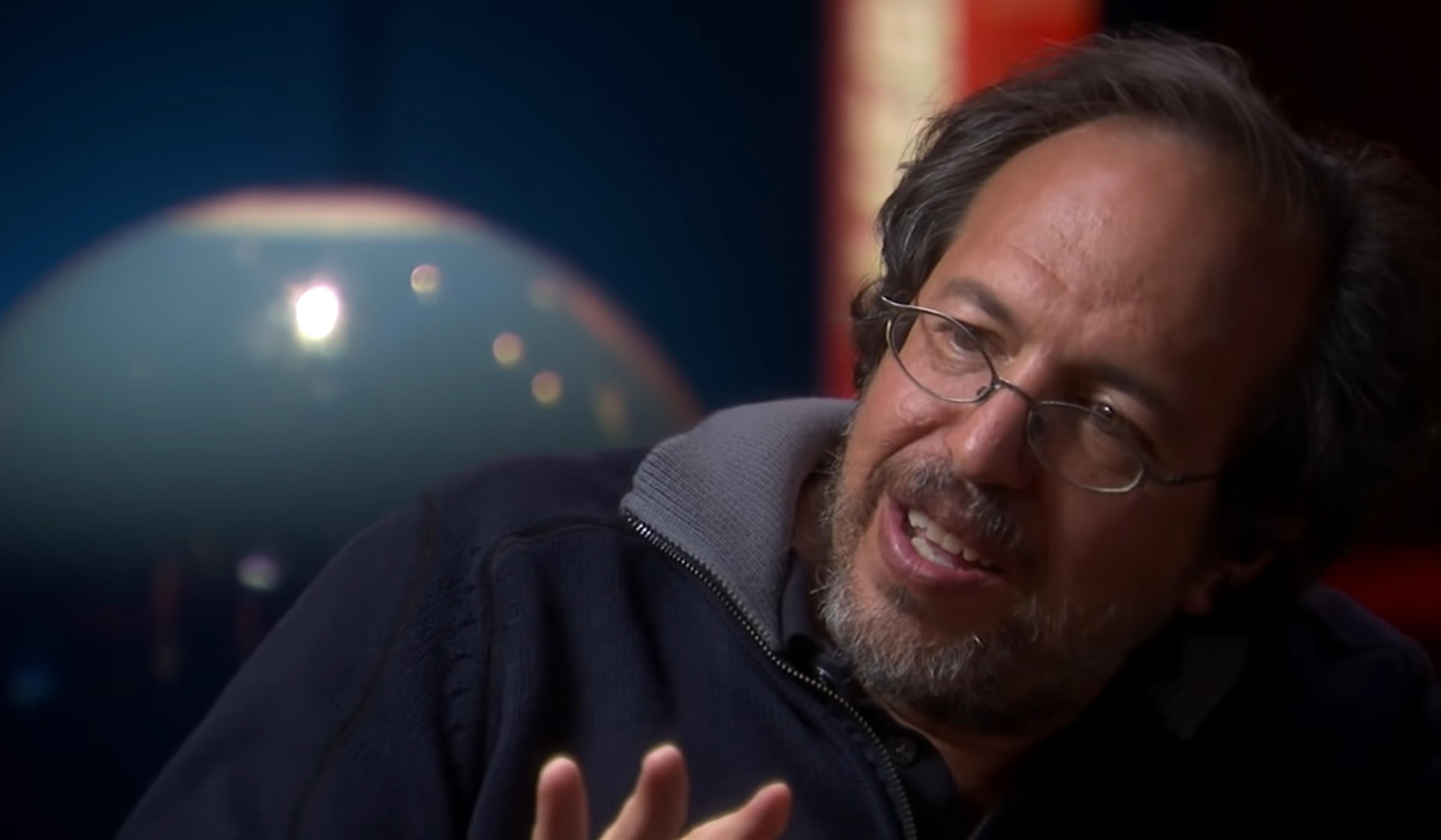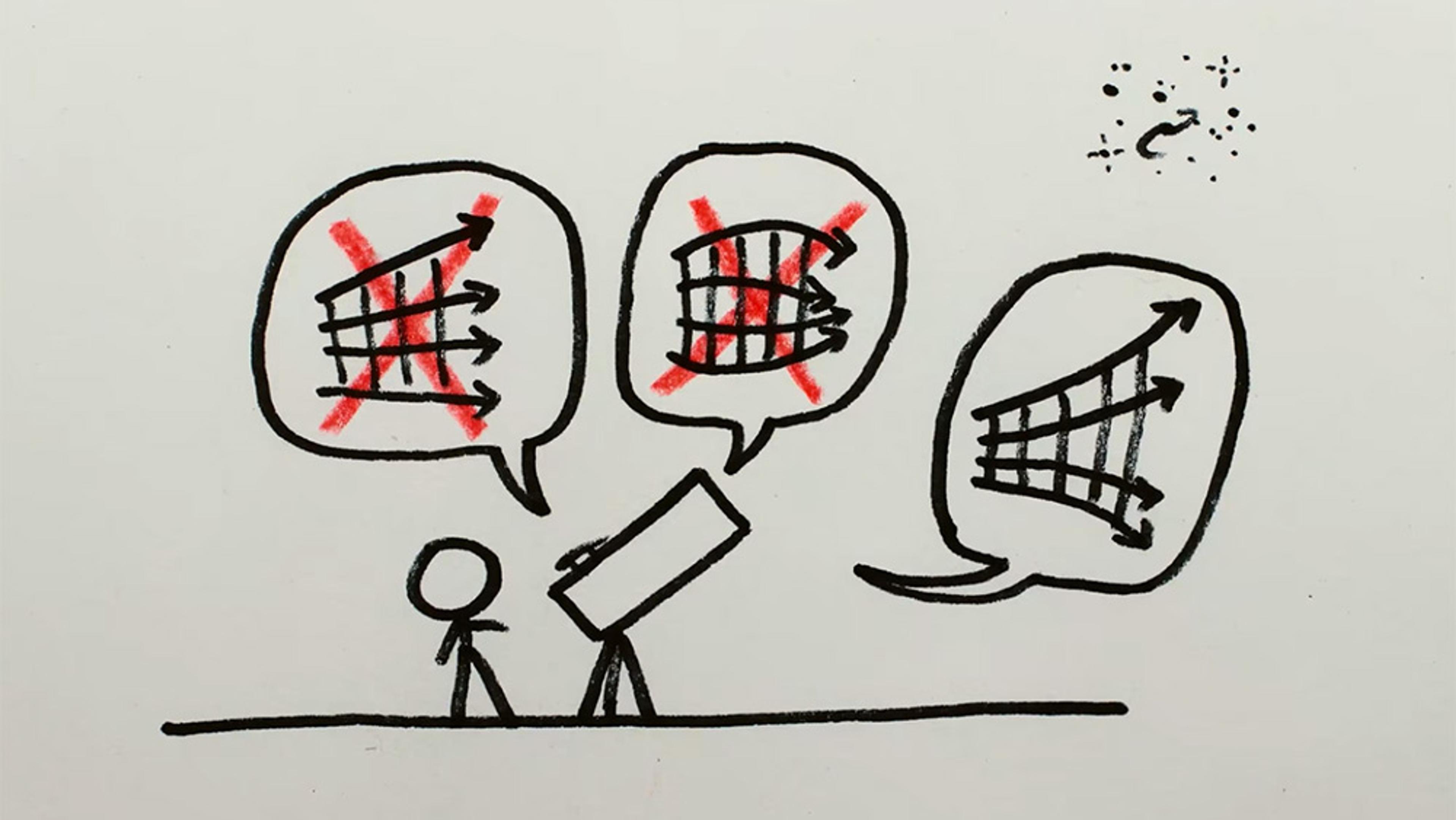Albert Einstein’s introduction of special relativity at the dawn of the 20th century left physicists with any number of peculiar new puzzles to work through. One of the most famous is the thought experiment that came to be known as the ‘twin paradox’, which considers how twins would age in relation to one another if one were to journey light years into space and back while the other remained on Earth. Using the twin paradox as a launch pad, this animation from TED-Ed takes viewers on a journey into the knotty world of time dilation. In particular, the short details why it would be a mistake to view the spaceship and Earth as two equally stationary objects, which would have caused each twin to have, paradoxically, aged faster from the perspective of the other once they were reunited.
An interstellar voyage explores the ‘paradox’ of twins separated by light years

videoQuantum theory
Mind-bending new quantum experiments are blurring past, present and future
10 minutes

videoLogic and probability
Is it more likely you’re a person with a past, or an ephemeral brain in a void?
6 minutes

videoPhysics
Time is fundamental, space is emergent – why physicists are rethinking reality
9 minutes

videoCosmology
Turns out that, even when Einstein was wrong, he was kind of right
6 minutes

videoHistory of ideas
How quantum superposition could unravel the ‘grandfather paradox’
3 minutes

videoQuantum theory
Why aren’t our everyday lives as ‘spooky’ as the quantum world?
7 minutes

videoHistory of science
Ideas ‘of pure genius’ – how astronomers have measured the Universe across history
29 minutes

videoHistory of science
How we came to know the size of the Universe – and what mysteries remain
26 minutes

videoAstronomy
Take a 10 billion-year journey with a photon, from a distant supernova to Earth
3 minutes